The art world and motherhood: the end of a final taboo?
Hettie Judah's new touring exhibition offers a 'riveting riposte' to old cliches

"There are good artists that have children," Tracey Emin once said. "They are called men."
But while motherhood is underrepresented in art, a new exhibition aims to break this taboo. The realities of motherhood, the "years of broken nights, ridiculous laughter, reading practice, nosebleeds, scraped knees, teenage arguments and broken hearts", have rarely been portrayed, said the exhibition's curator Hettie Judah on the i news site.
Although a "wealth" of art about real motherhood exists, "quite often it stays out of sight for years in artists' portfolios, or damp sheds", wrote Judah. She hopes her "Acts of Creation: on Art and Motherhood", which is currently touring in Bristol, Birmingham, Sheffield and Dundee, will "provoke conversations between women around subjects that are still little discussed".
The Week
Escape your echo chamber. Get the facts behind the news, plus analysis from multiple perspectives.

Sign up for The Week's Free Newsletters
From our morning news briefing to a weekly Good News Newsletter, get the best of The Week delivered directly to your inbox.
From our morning news briefing to a weekly Good News Newsletter, get the best of The Week delivered directly to your inbox.
A binary choice: 'art or children'
For female artists, motherhood is "venerated in theory" but "belittled in practice", wrote Ligaya Mishan for The New York Times. It is still seen, by others and often artists themselves, "as an obstacle, if not the end".
We may be "long past the cliché of the father as a doting outsider", but we're "still in thrall to the idea" that "when a woman has a child, she finally understands her reason for being on earth".
Art careers appear to start derailing for women in their 30s, wrote Judah in The Guardian in 2020. The choice is "often presented as binary: art or children". After interviewing 50 female artists, she found that many felt they "needed to keep the two sides of their identity separate", as though they were "somehow operating beneath the radar: secret mothers, infiltrating the house of art".
Reviewing the new exhibition for The Guardian, Laura Cumming recalled the infamous words of the writer Cyril Connolly, who said in 1938 that "there is no more sombre enemy of good art, than the pram in the hall". But procreation itself, countered Cumming, "may be the vital inspiration". This exhibition's "mystery, profundity, love, grief and amazement" offers a "riveting riposte" to Connolly.
A free daily email with the biggest news stories of the day – and the best features from TheWeek.com
'Real and raw'
The exhibition explores the "pleasures, pains, hopes and anxieties of motherhood", said Chloe Ashby in The Independent, and "brings together artists making work during the past 60 years".
"Thanks to the easing of market and curatorial resistance, it's true that motherhood, in general, is becoming less taboo," she added. Judah told Ashby that there had been a few hugely successful artists who have engaged with the subject in recent years –with "depictions that are real and raw as opposed to mythic and non-biological".
But while the subject of parenthood has "gained greater currency in avant-garde circles", the "real-life hurdles that mothers face have not gone away", said Skye Sherwin on Art Basel.
Although "having a baby isn't quite seen as the career dead-end it once was", artist residencies are "usually structured around the idea of artists as lone individuals, not people who are caregivers in a family group", and "exhibition private views take place during children's bedtimes".
As Scottish painter Caroline Walker told Sherwin, to see motherhood as a "universal" subject, and "not dismissed as a niche interest", is "still a work in progress".
Chas Newkey-Burden has been part of The Week Digital team for more than a decade and a journalist for 25 years, starting out on the irreverent football weekly 90 Minutes, before moving to lifestyle magazines Loaded and Attitude. He was a columnist for The Big Issue and landed a world exclusive with David Beckham that became the weekly magazine’s bestselling issue. He now writes regularly for The Guardian, The Telegraph, The Independent, Metro, FourFourTwo and the i new site. He is also the author of a number of non-fiction books.
-
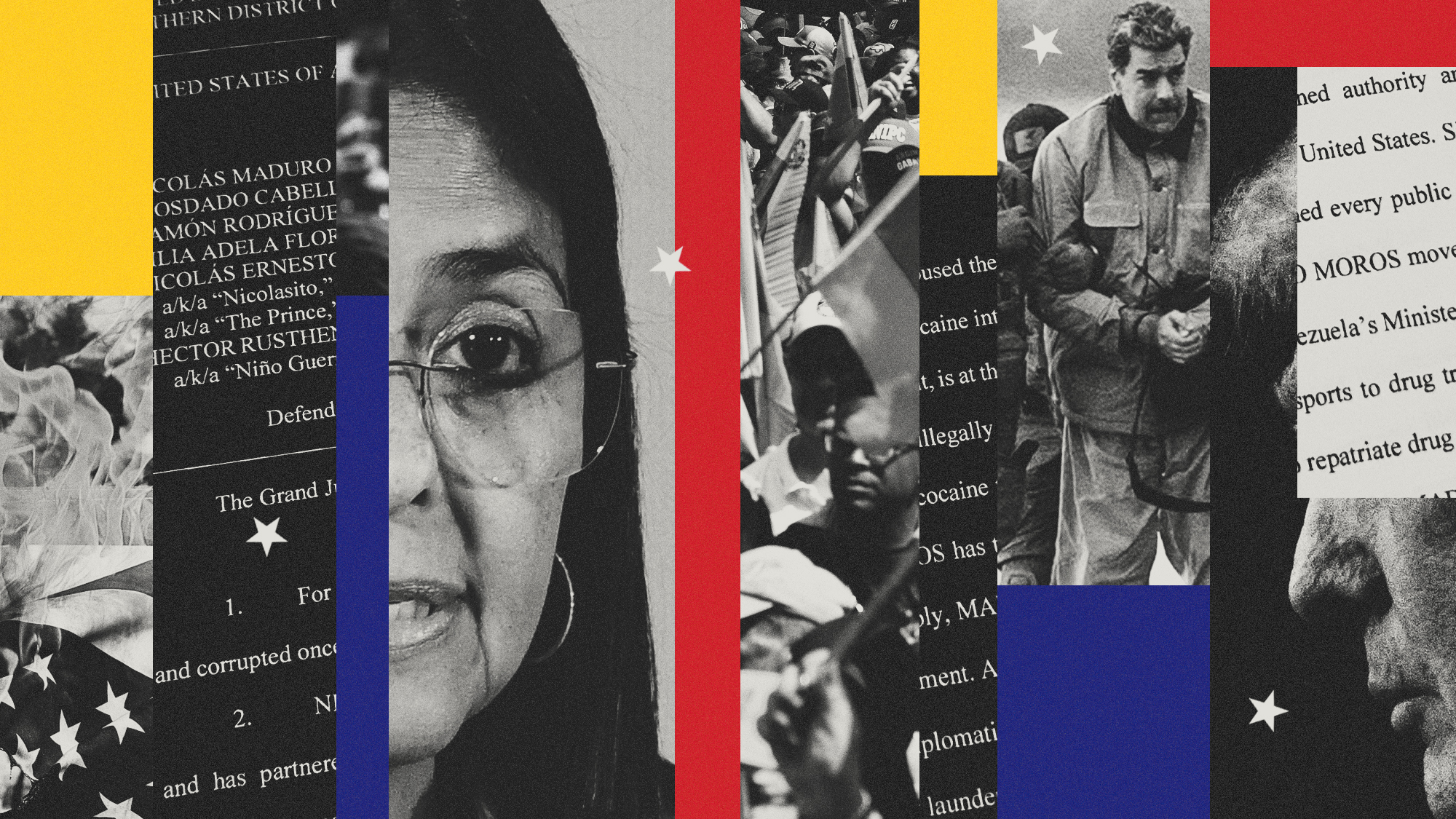 Venezuela’s Trump-shaped power vacuum
Venezuela’s Trump-shaped power vacuumIN THE SPOTLIGHT The American abduction of Venezuelan President Nicolás Maduro has thrust South America’s biggest oil-producing state into uncharted geopolitical waters
-
 Most data centers are being built in the wrong climate
Most data centers are being built in the wrong climateThe explainer Data centers require substantial water and energy. But certain locations are more strained than others, mainly due to rising temperatures.
-
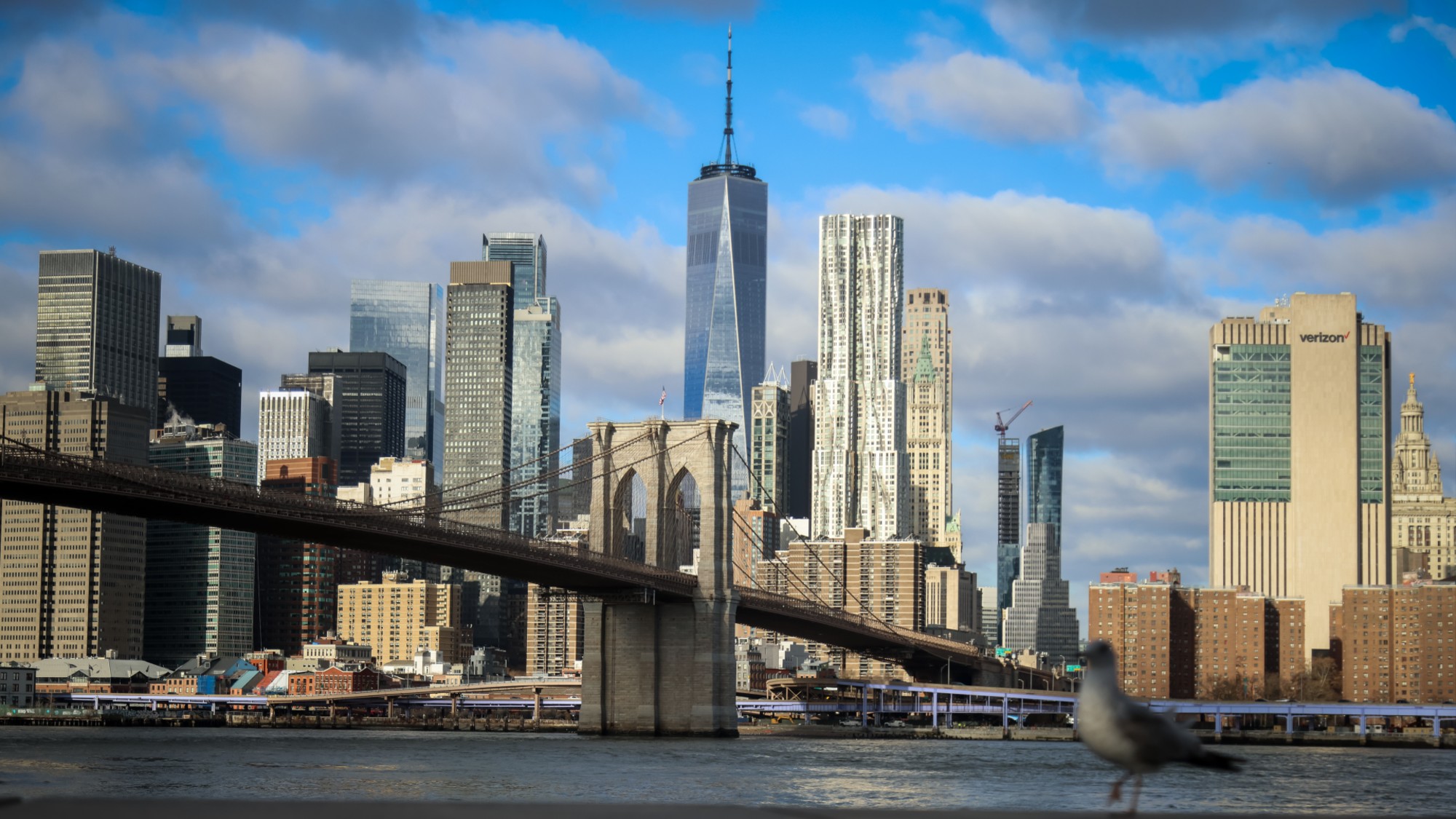 ‘Maps are the ideal metaphor for our models of what the world might be’
‘Maps are the ideal metaphor for our models of what the world might be’Instant Opinion Opinion, comment and editorials of the day
-
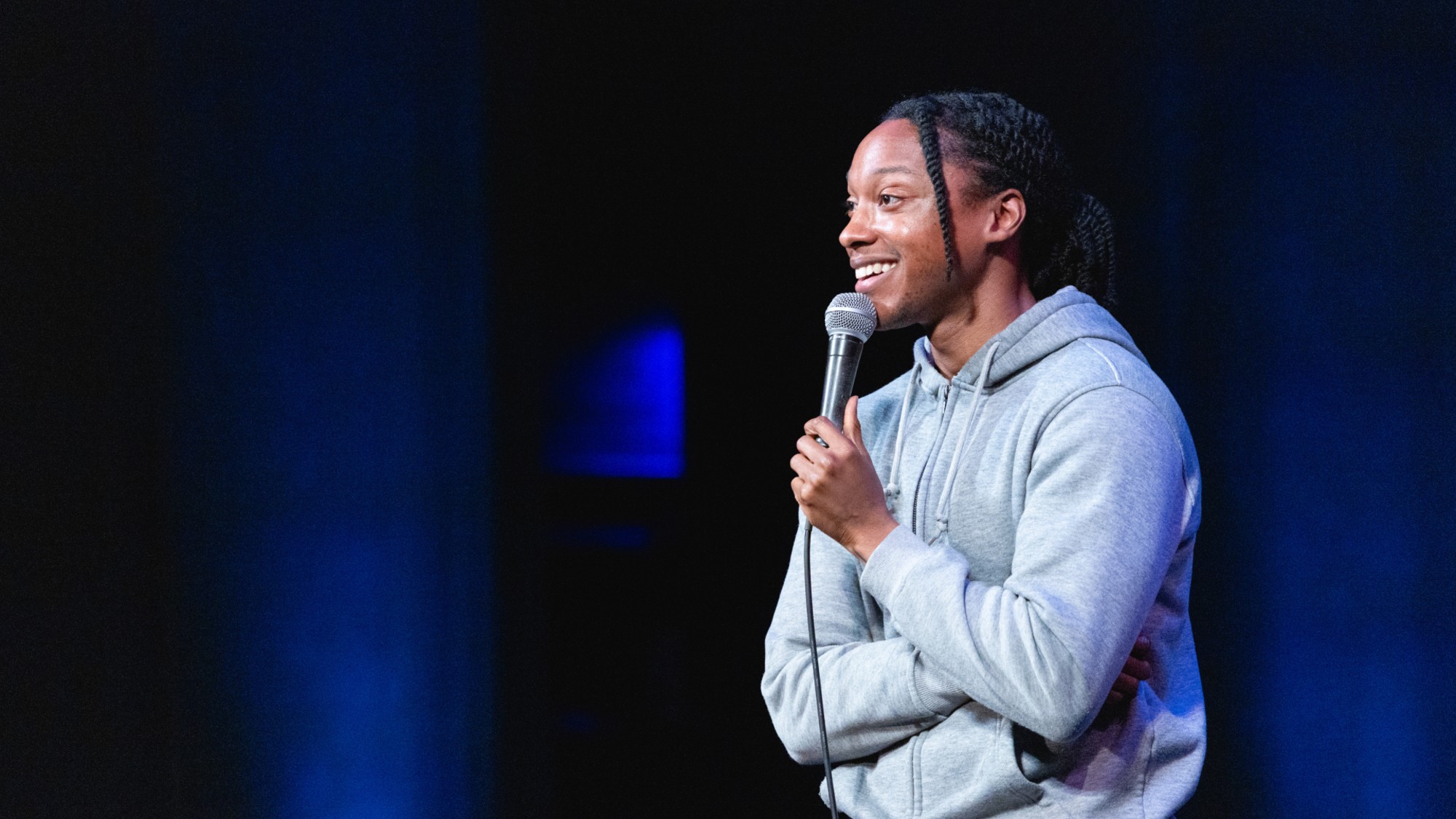 Let these comedians help you laugh your way through winter
Let these comedians help you laugh your way through winterThe Week Recommends Get some laughs from Nate Bargatze, Josh Johnson and more
-
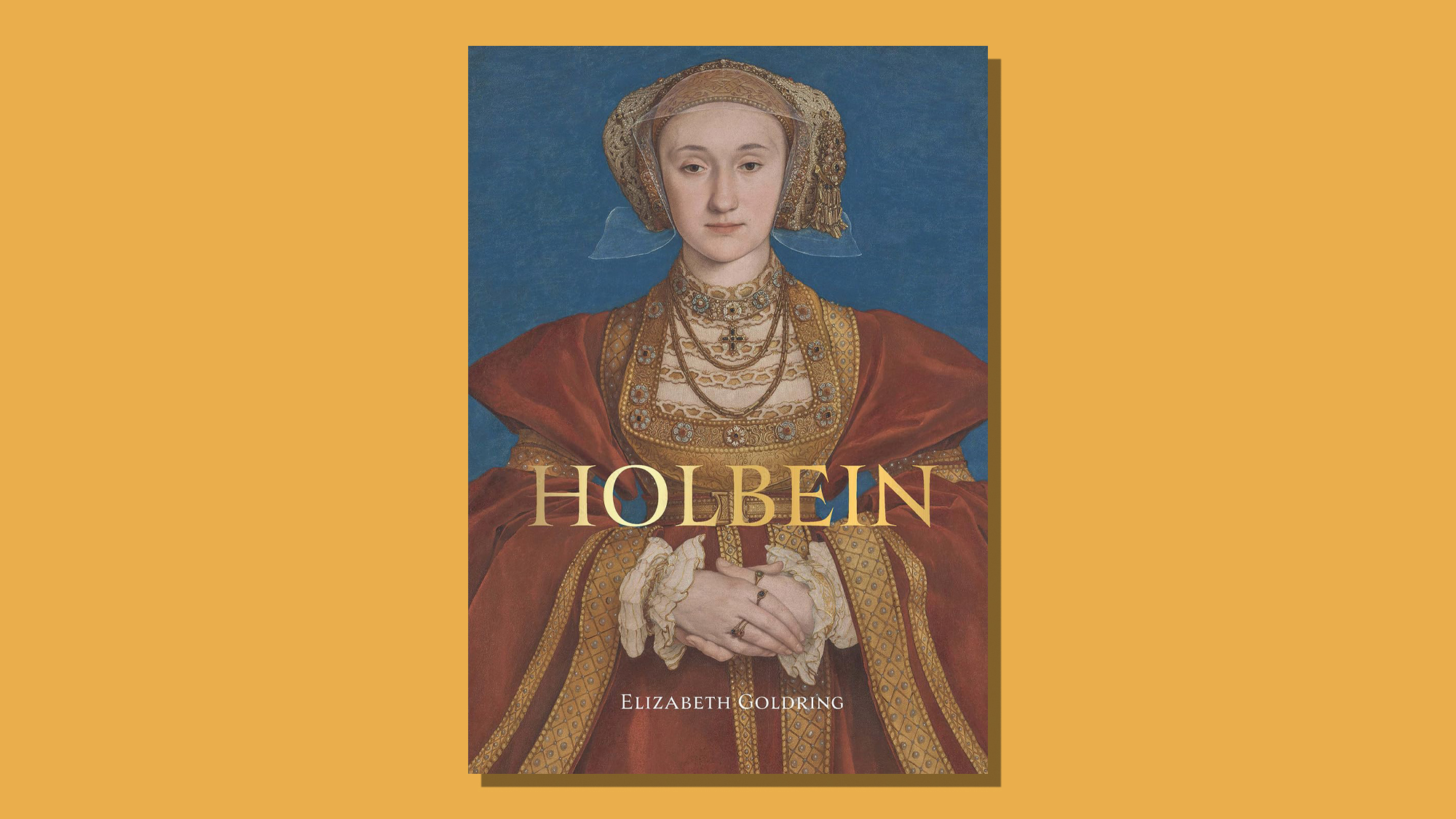 Holbein: ‘a superb and groundbreaking biography’
Holbein: ‘a superb and groundbreaking biography’The Week Recommends Elizabeth Goldring’s ‘definitive account’ brings the German artist ‘vividly to life’
-
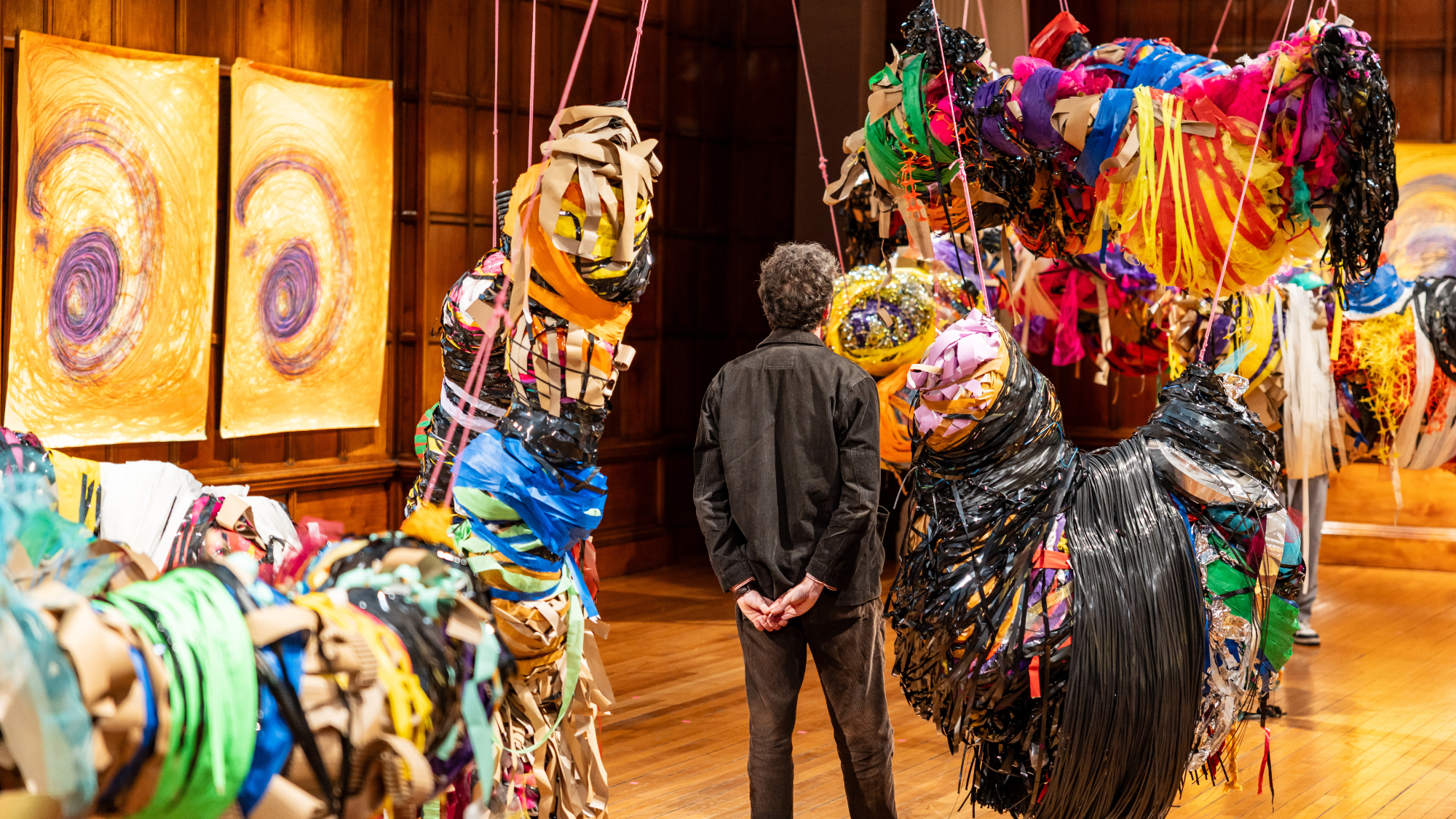 Nnela Kalu’s historic Turner Prize win
Nnela Kalu’s historic Turner Prize winTalking Point Glasgow-born artist is first person with a learning disability to win Britain’s biggest art prize
-
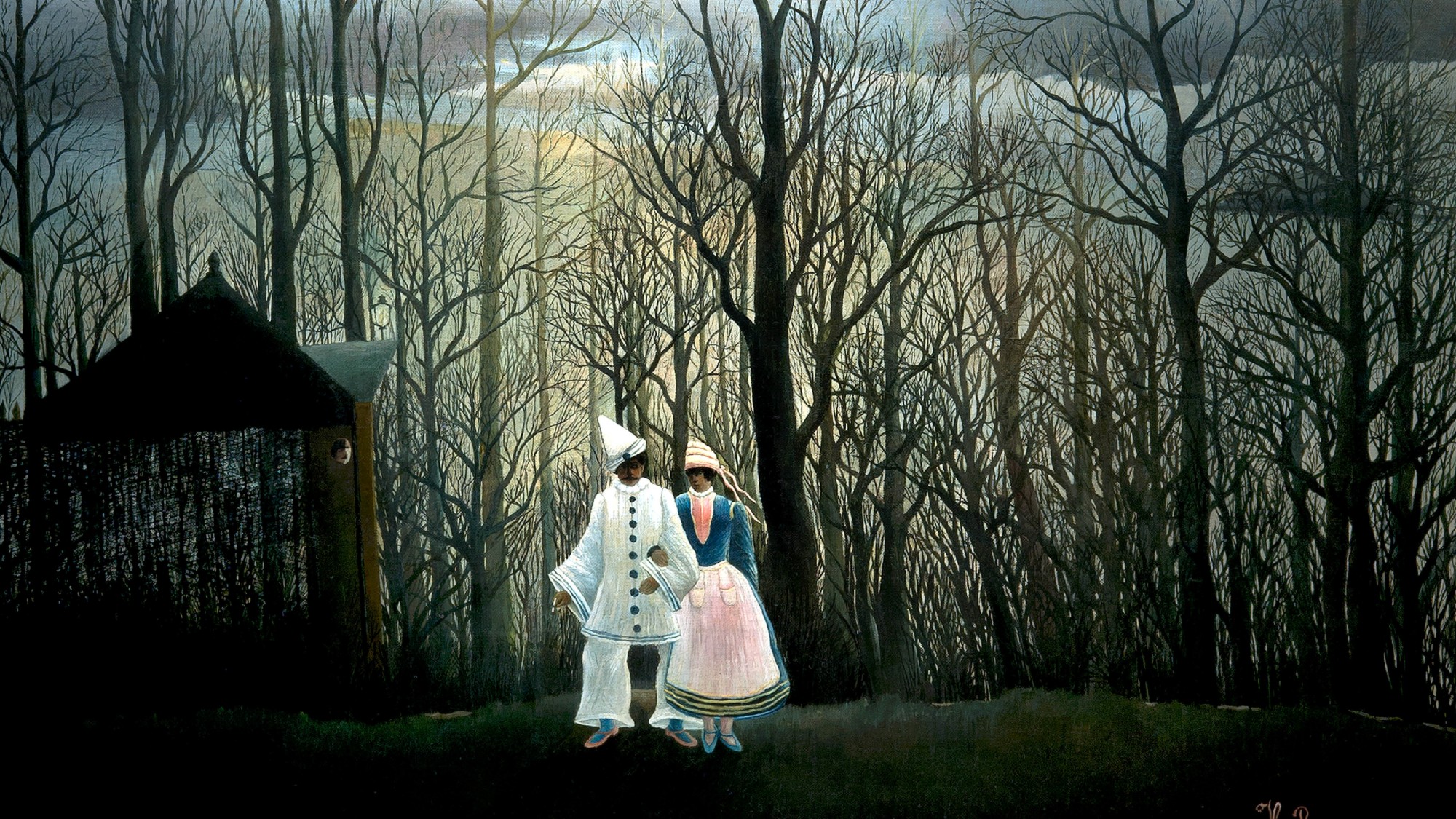 Henri Rousseau: A Painter’s Secrets
Henri Rousseau: A Painter’s Secretsfeature Barnes Foundation, Philadelphia, through Feb. 22
-
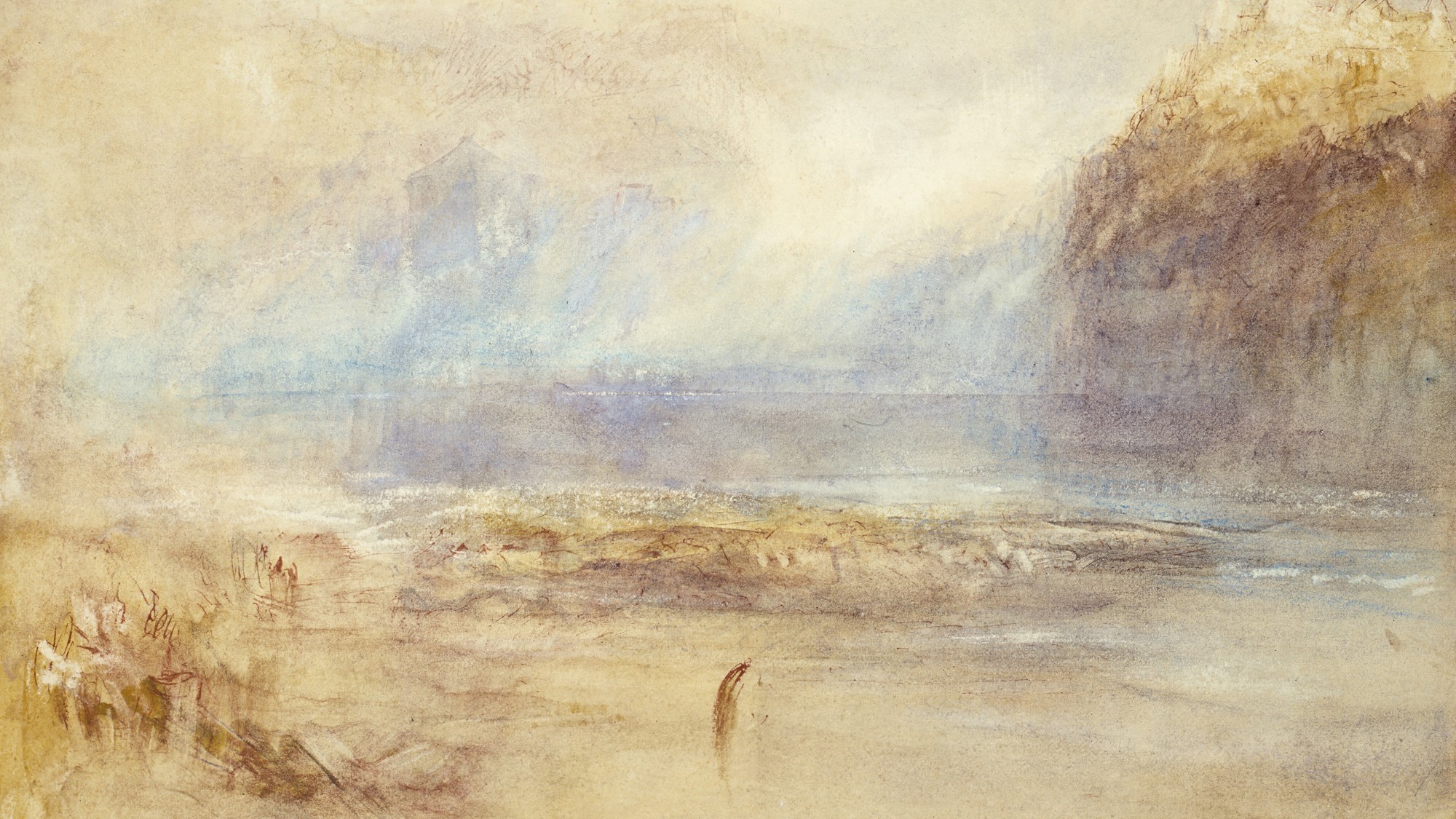 Turner: The Secret Sketchbooks – a fascinating portrait of the great painter
Turner: The Secret Sketchbooks – a fascinating portrait of the great painterThe Week Recommends BBC2 documentary examines the rarely seen sketchbooks of the enigmatic artist
-
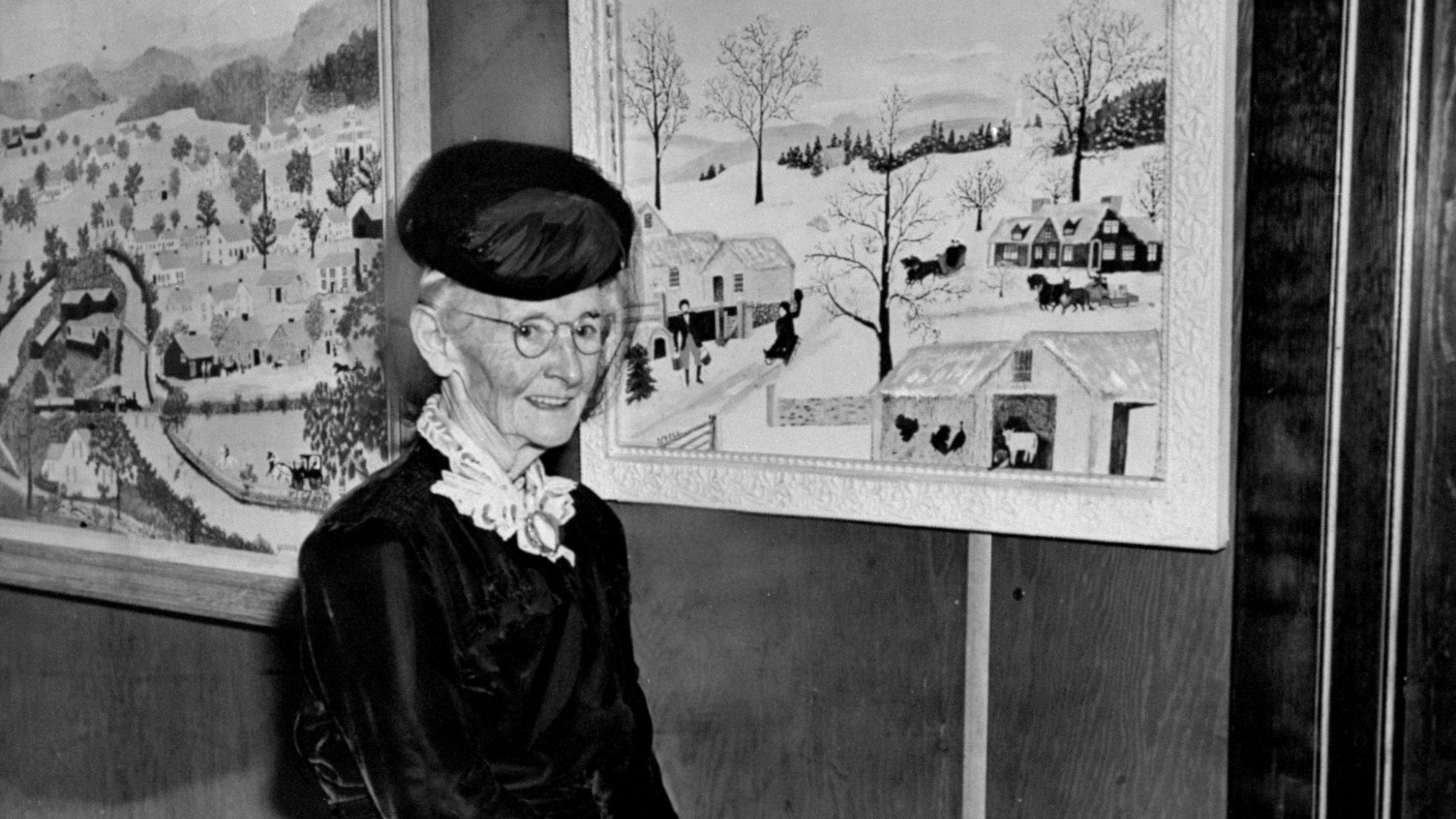 6 gripping museum exhibitions to view this winter
6 gripping museum exhibitions to view this winterThe Week Recommends Discover the real Grandma Moses and Frida Kahlo
-
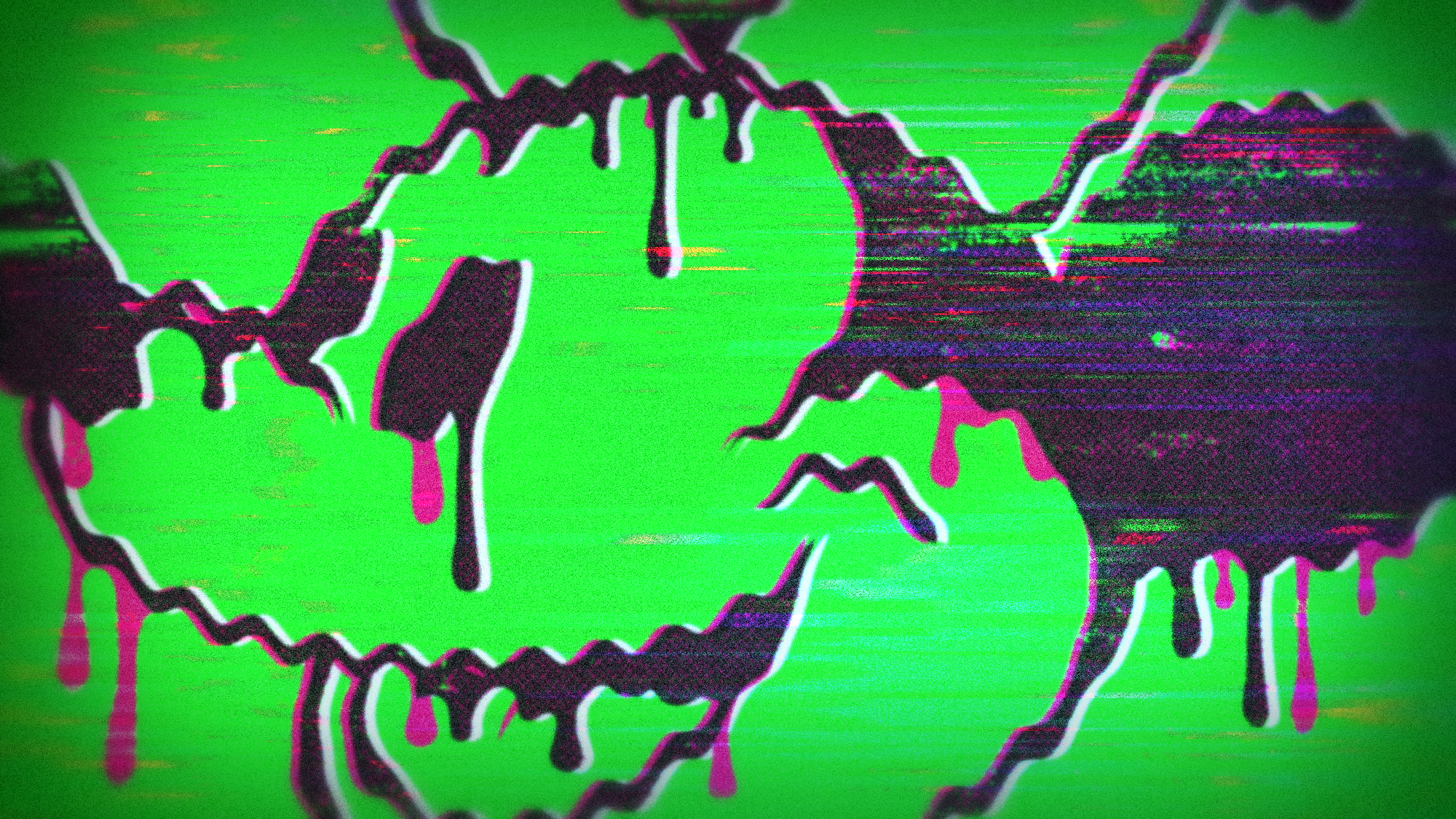 Disney bets big on AI, but not everyone sees a winner
Disney bets big on AI, but not everyone sees a winnerTalking Points The company will allow users to create their own AI content on Disney+
-
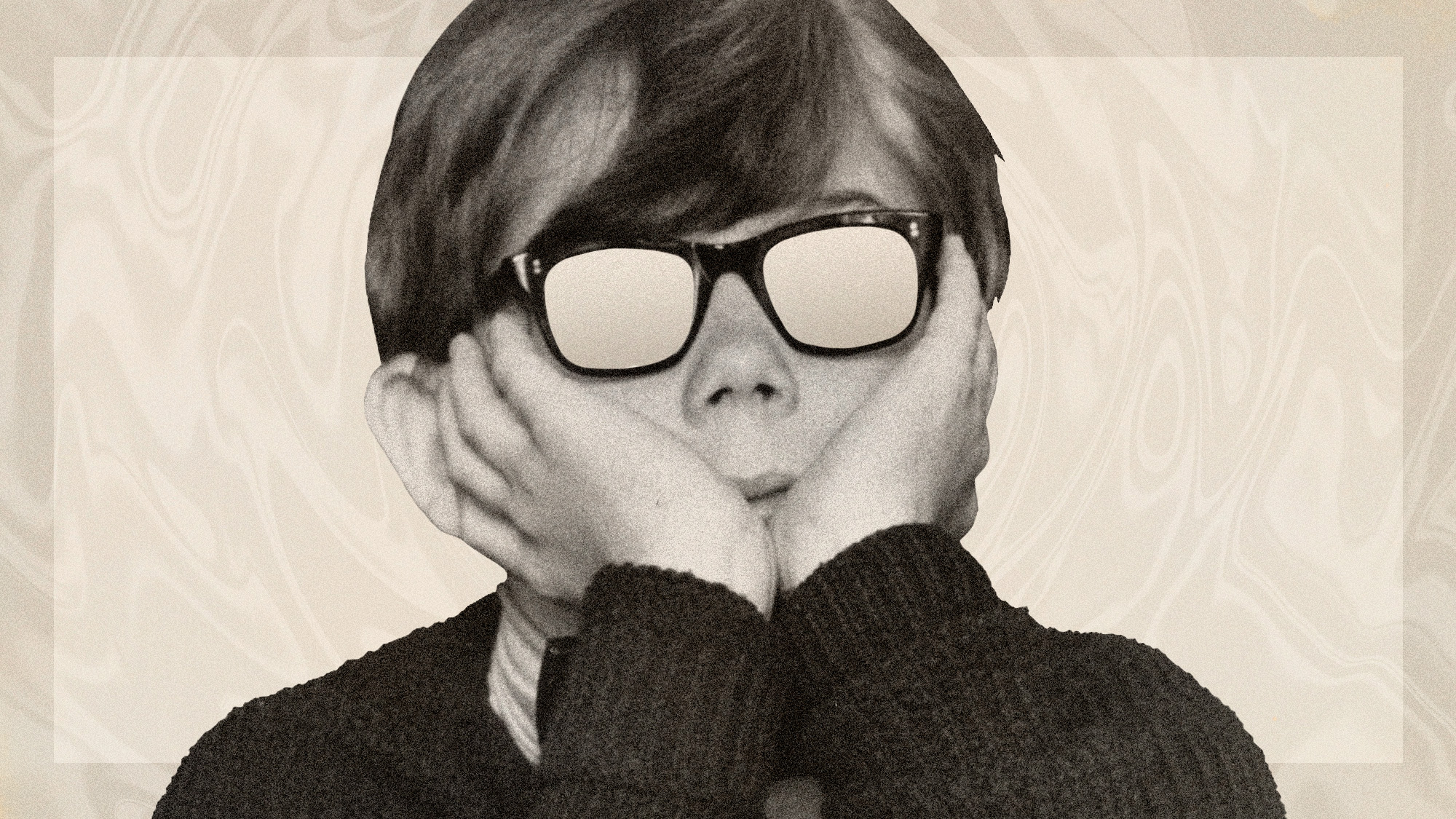 Has 21st-century culture become too bland?
Has 21st-century culture become too bland?Under The Radar New book argues that the algorithm has killed creative originality